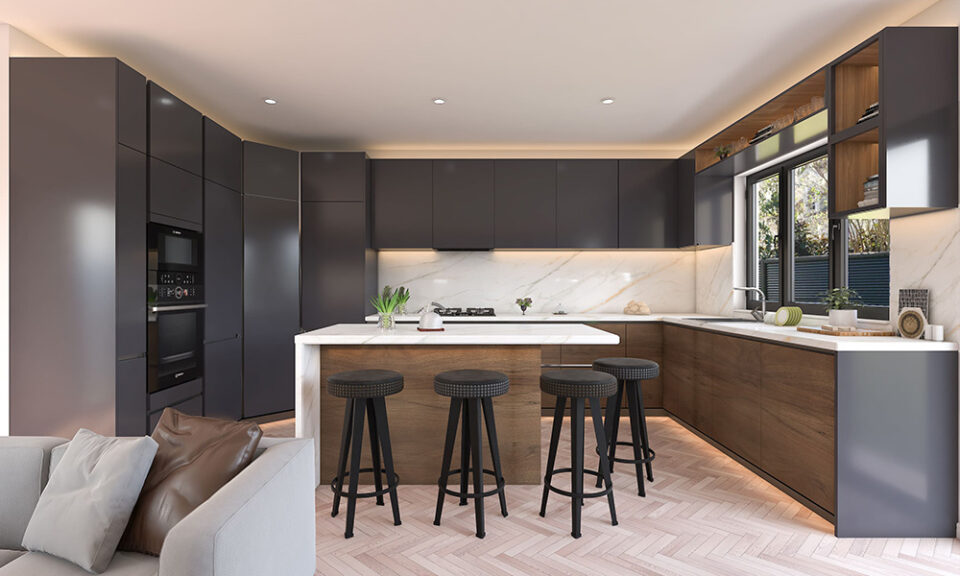When it comes to cooking, having an efficient kitchen layout and workflow is essential. A well-designed kitchen not only enhances the cooking experience but also makes it easier to prepare delicious meals. In this article, we will explore the art of cooking by discussing the importance of a well-planned kitchen layout and how it can improve your workflow.
The Importance of Kitchen Layout

A well-thought-out kitchen layout can significantly impact your cooking experience. It determines how efficiently you can move around and access different areas of your kitchen while cooking. A poorly designed layout can lead to frustration and wasted time. On the other hand, a well-planned kitchen layout can make cooking a breeze and help you unleash your culinary creativity.
One of the primary considerations when designing a kitchen layout is the work triangle. The work triangle consists of three key areas: the refrigerator, the sink, and the stove. These three areas should be positioned in a way that allows for easy movement between them. This triangular arrangement minimizes unnecessary steps and ensures a smooth workflow.
Another important aspect of kitchen layout is the organization of storage spaces. Having adequate storage for your cookware, utensils, and ingredients is crucial. Cabinets and drawers should be strategically placed near your work areas to minimize the time spent searching for items. Consider using vertical storage solutions such as hanging racks or wall-mounted shelves to maximize your kitchen’s storage capacity.
Optimizing Workflow
Efficient workflow in the kitchen goes hand in hand with a well-designed layout. Here are some tips to optimize your cooking workflow:
- Plan Ahead: Before you start cooking, gather all the necessary ingredients and tools. This will save you time and prevent interruptions during the cooking process.
- Preparation Area: Designate a specific area for meal preparation. This can be a countertop or a kitchen island. Keep it clutter-free and ensure that it is well-lit for better visibility.
- Keep Essentials Close: Frequently used items such as cutting boards, knives, and measuring spoons should be within arm’s reach of your preparation area. This will eliminate the need to constantly move around the kitchen.
- Efficient Cooking Zone: Position your stove, oven, and other cooking appliances close to each other. This creates a dedicated cooking zone that allows for seamless transitions between different cooking tasks.
- Clean as You Go: To maintain an organized workspace, clean up spills and put away ingredients or tools that are no longer needed as you cook. This will prevent clutter and make the cleaning process easier once you’re finished cooking.
The Role of Technology
Modern advancements in kitchen technology have revolutionized the cooking experience. Many appliances now come equipped with smart features that can streamline your workflow. For example, smart refrigerators can help you keep track of your inventory and suggest recipes based on the ingredients you have on hand.
Investing in quality kitchen appliances can also contribute to a more efficient workflow. High-performance stoves and ovens with precise temperature control can help you achieve better cooking results. Similarly, dishwashers with efficient cleaning cycles can save you time and effort in the cleaning process.
The art of cooking extends beyond just the ingredients and techniques. A well-designed kitchen layout and workflow are crucial elements that can enhance your culinary experience. By considering the work triangle, optimizing your workflow, and leveraging technology, you can create a kitchen that is not only aesthetically pleasing but also functional and efficient.

